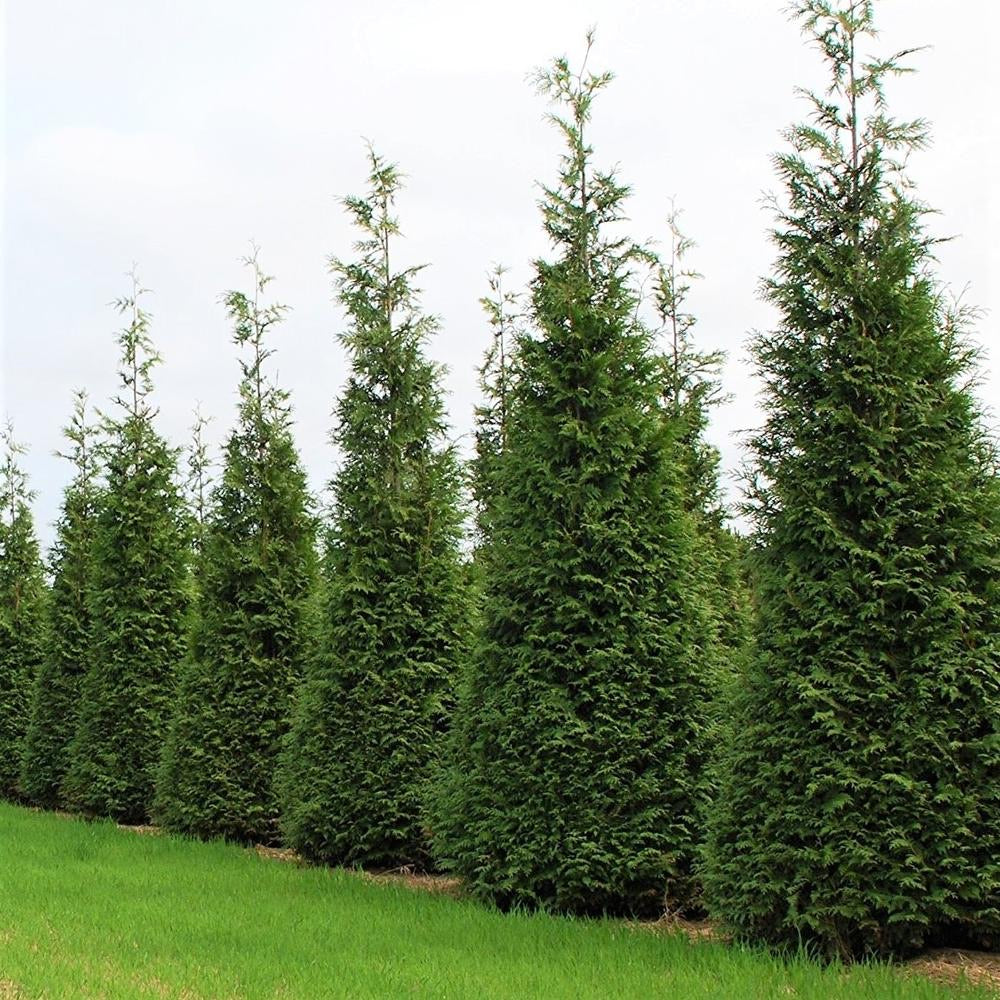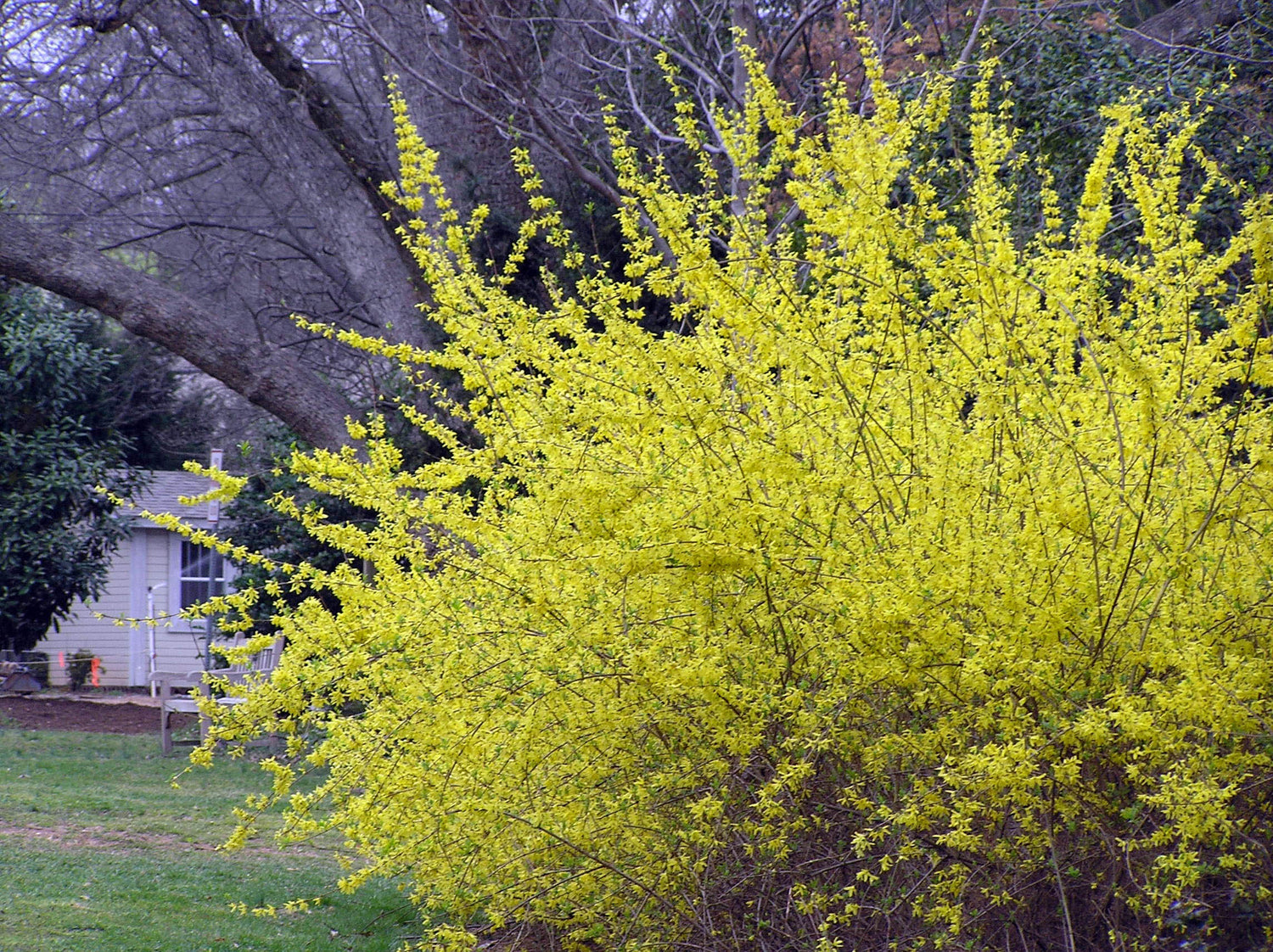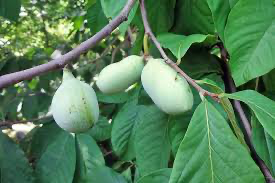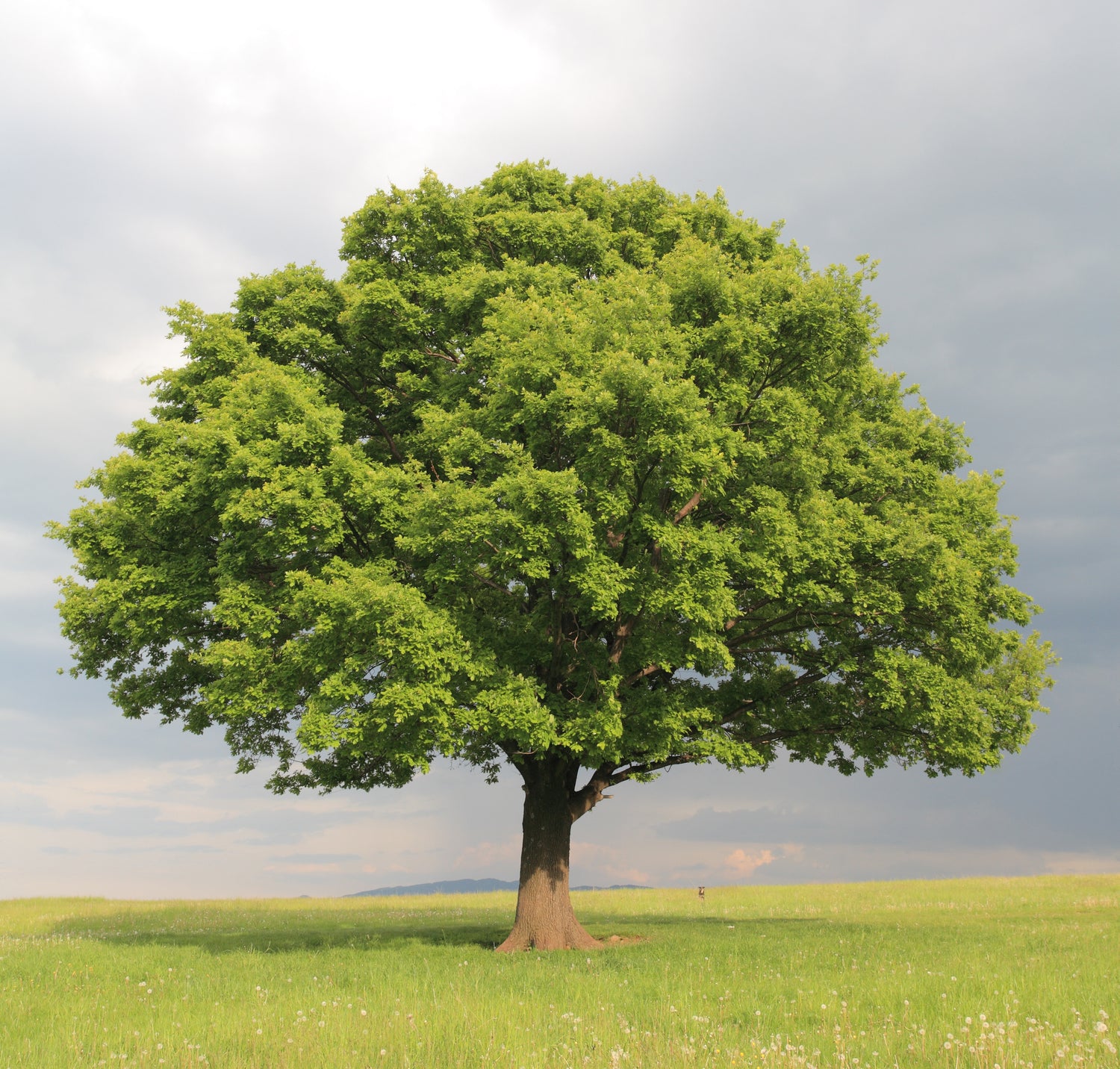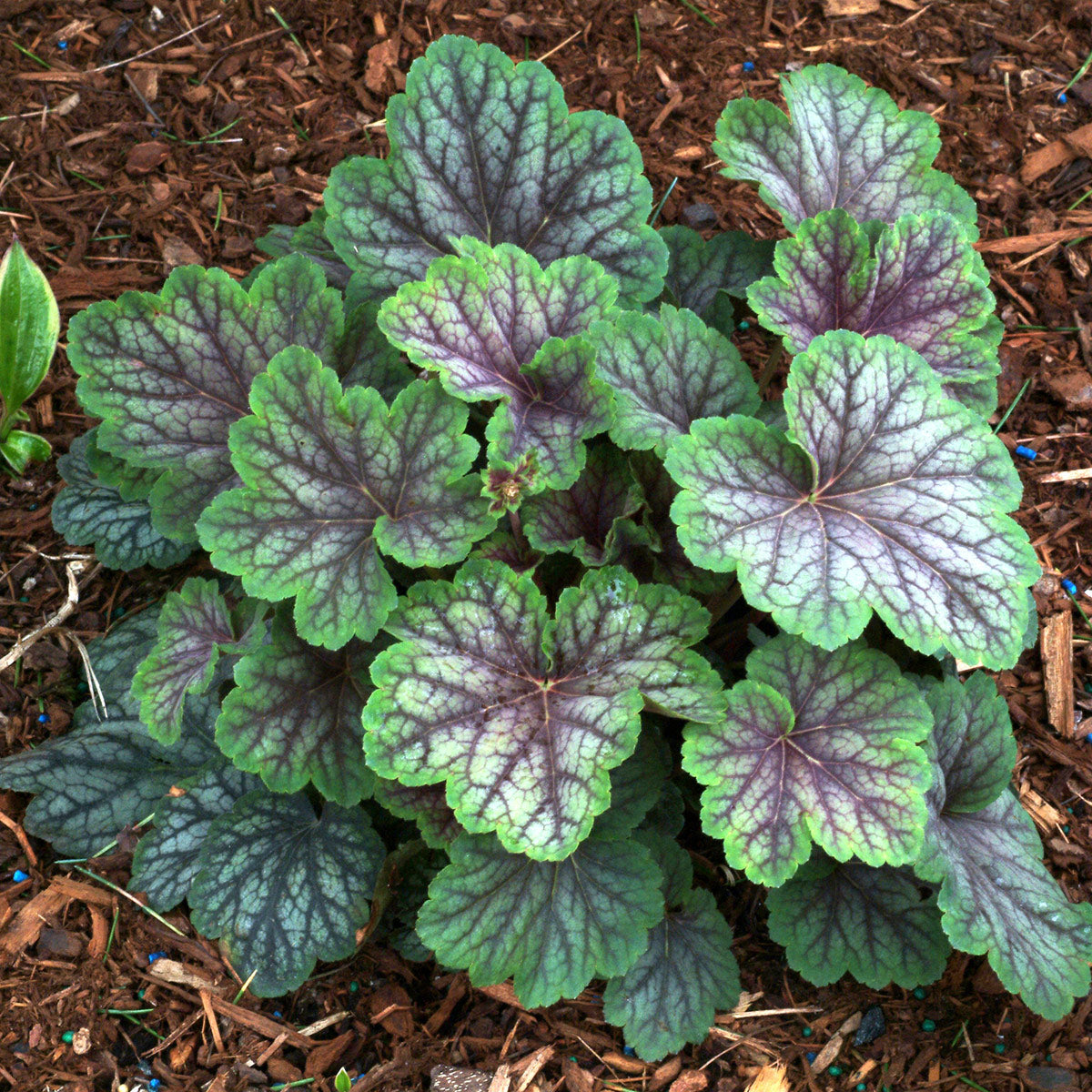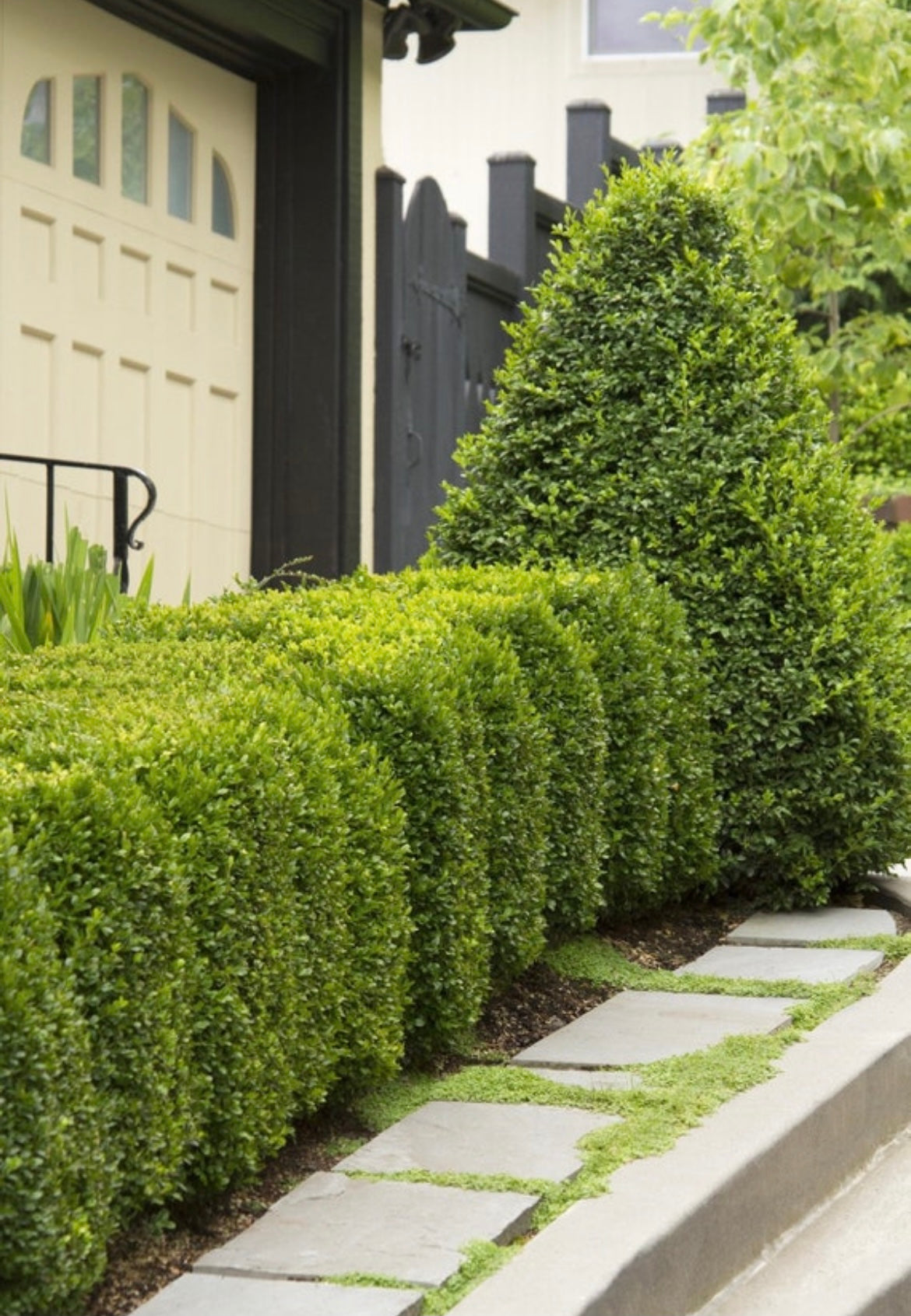
Meet the Pawpaw Tree - America’s Best-Kept Fruit Secret
If you’ve never heard of a pawpaw tree, you’re not alone—but trust us, you’re missing out on one of the most unique native fruit trees in the United States. The pawpaw tree (botanically known as Asimina triloba) produces fruit that tastes like a creamy blend of banana, mango, and melon, all wrapped up in a green, custardy package. It’s wild. It’s tropical-tasting. And yes—it grows right here in the U.S.
We grow pawpaw trees ourselves on our small family nursery in Missouri, and they’re one of our favorites. They’re not just cool because of their fruit—they’re also beautiful small trees, great for a natural look in the yard. And they’re native, which means they’re low-maintenance and good for your local ecosystem. If you're curious what a pawpaw tree looks like, we've got photos and young trees ready to go on our product page:
👉 Check out our pawpaw trees for sale

What Does a Pawpaw Fruit Taste Like?
If you’ve ever wondered what a pawpaw fruit tastes like, let us try to describe it in a way that does it justice: imagine a banana, a mango, and a melon had a baby—and that baby was soft, sweet, and creamy like pudding. That’s the pawpaw.
The texture is smooth and custard-like, with a sweet aroma that fills the room once it's ripe. It’s nothing like your average apple or pear. Some people even call it the “poor man’s banana tree” because the flavor is similar but more complex. The inside is a golden-yellow color with large black seeds and a very short shelf life, which is one big reason you won’t see them in grocery stores.
If you're lucky enough to get your hands on ripe fruit—whether from your own pawpaw tree or a farmer's market—you’ll understand why so many people are hooked. Want to know how to handle the fruit once it ripens? We’ve shared everything from ripeness tips to storage tricks here:
👉 See our guide to harvesting pawpaw fruit

Where Do Pawpaw Trees Grow in the U.S.?
The pawpaw tree is a true American original—native to 26 states, mostly in the eastern and midwestern U.S. You’ll find them growing wild in shady forests, along streams, and even in people’s backyards from Florida to Michigan, and as far west as eastern Kansas.
🌱 Ideal Growing Zones
- USDA Zones 5 through 8
- Thrives in Missouri, Ohio, Indiana, Kentucky, and parts of the Carolinas
- Prefers moist, well-drained soil with partial shade to full sun
They’re not just native—they’re perfect for anyone wanting to grow a tree that’s both edible and ornamental. If you’re looking for a native tree that fits in small spaces, the pawpaw is a great pick. Many gardeners ask us about compact trees—this one fits the bill.
👉 Take a peek at more small trees under 25ft that grow well in average backyards.
Why Don’t Grocery Stores Sell Pawpaw Fruit?
This is a question we get all the time—and there’s a good reason you don’t see pawpaw fruit lining store shelves like apples or oranges. It comes down to shelf life and softness.
🛒 Why It's Rare in Stores:
- Spoils quickly: Once ripe, it only stays good for a couple days on the counter or up to two weeks in the fridge
- Soft skin: Makes them difficult to ship or stack
- Short harvest season: Typically mid-August through October
- No big commercial growers: It’s mostly grown by small farms and backyard gardeners
But here’s the upside—you can grow your own and enjoy these delicious fruits right from your yard. And we’re proud to offer healthy, affordable pawpaw trees for sale shipped right to your door.
👉 Order your pawpaw tree from us today and enjoy fresh fruit you’ll never find in stores.
How Long Does It Take for a Pawpaw Tree to Produce Fruit?
Growing a pawpaw tree is an investment in patience—but it pays off big time. On average, a healthy pawpaw tree will begin producing fruit in about 4 to 8 years, depending on how it’s grown and the environment it’s planted in.
⏳ Factors That Affect Fruiting Time:
- Seed-grown trees take longer (closer to 8 years)
- Grafted or nursery-started trees (like the ones we offer) may fruit in as little as 3–4 years
- Proper pollination is crucial—planting two pawpaw trees increases fruit production
These trees are slow and steady growers, but once they get going, the harvest is worth every minute. Keep in mind, they don’t like to be transplanted too often, so planting them right the first time is key.
What Does a Pawpaw Tree Look Like?
The pawpaw tree might not look tropical, but its fruit sure tastes like it. These trees have a laid-back, natural look that fits beautifully into native landscaping.
🌳 Tree Appearance:
- Grows about 15 to 25 feet tall
- Has large, tropical-looking leaves that can be over a foot long
- Blooms in early spring with dark maroon flowers
- Produces green, oblong fruits that ripen to a yellowish-brown in late summer to early fall
Even when not fruiting, pawpaw trees are a great visual addition to shaded garden spots or along woodland borders.
Are Pawpaw Trees Invasive?
Nope—pawpaw trees are not invasive. In fact, they’re one of the few fruiting trees that are completely native to the United States and blend naturally into local ecosystems without causing problems.
🌿 Why Pawpaws Aren’t Invasive:
- Native to eastern and central U.S.
- Grow well in wooded areas and river bottoms
- Spread slowly through root suckers, but easy to manage
- Support native wildlife, especially the zebra swallowtail butterfly, which uses pawpaw leaves as a host plant
They may form small colonies over time, but they’re far from aggressive. They’re a great way to bring edible landscaping and native beauty together—plus they’re low-maintenance once established.

Are Pawpaw Trees Native to the USA?
Absolutely. The pawpaw tree (Asimina triloba) is one of the few native North American fruit trees that produce edible fruit you can actually enjoy right off the tree.
🇺🇸 Native Facts:
- Grows naturally in 26+ U.S. states, mostly east of the Mississippi
- Thrives in river valleys, woodlands, and shaded edges
- Has been part of American ecosystems for thousands of years
- Perfect fit for native landscaping or edible forest gardens
If you’ve been looking for a tree that’s easy to grow, American-born, and produces unique fruit, the pawpaw tree is a backyard winner. You can explore other native and fast-growing trees in our shop if you're building out your edible landscape.

Did Native Americans Eat Pawpaw Fruit?
Yes—Native Americans absolutely ate pawpaw fruit, and they valued it for both its nutrition and versatility. Long before grocery stores and shipping crates, pawpaw trees were already feeding people across what’s now the eastern U.S.
🍽️ How Native Americans Used Pawpaw:
- Ate the fruit fresh or mashed it into a pulp
- Dried it for longer-term storage
- Used the inner bark for rope or string
- Spread seeds to encourage growth near their camps and trails
The pawpaw tree has been part of American heritage for generations. Even Lewis and Clark’s expedition recorded surviving on pawpaws during part of their journey when food was scarce.
Other Names for the Pawpaw Tree (Asimina triloba)
The pawpaw tree may sound like something exotic, but it goes by many names—especially in different parts of the U.S.
🏷️ Common Names for Pawpaw:
- Poor man’s banana
- Wild banana
- Custard apple (not to be confused with tropical varieties)
- Indiana banana
- Asimina triloba (botanical name)
Whatever you call it, one thing is consistent—pawpaw trees are a truly unique and delicious part of American history. Whether you’re into native plants, rare fruits, or just curious about what else your backyard can grow, this one is worth planting.
👉 Want to bring this one-of-a-kind native tree to your landscape? You can order a healthy pawpaw tree here.
Why the Pawpaw Tree Deserves a Spot in Your Yard
We’ve grown a lot of trees on our farm over the years, but the pawpaw tree stands out in a big way. It’s a native fruit tree with deep roots in American history, offers incredibly unique and tasty fruit, and grows well in a wide range of environments without needing a ton of upkeep.
✅ Why We Recommend the Pawpaw Tree:
- Delicious fruit you can’t buy in stores
- Low-maintenance and perfect for edible landscaping
- Native to the U.S., so it fits naturally into your yard
- Supports wildlife and adds something truly different to your garden
If you’re looking for something off the beaten path, the Asimina triloba is it. And we’ve made it easy for you to grow one—we raise and ship healthy, well-rooted pawpaw trees from our licensed family farm in Missouri, ready to be planted in your soil.
👉 Ready to add a piece of American fruit history to your landscape?
Order your pawpaw tree here
👉 Want to learn more before planting?
Check out our guide on harvesting pawpaw fruit or browse more small trees perfect for backyard planting.
Let’s bring this native beauty back to the spotlight—one tree at a time. 🍃






